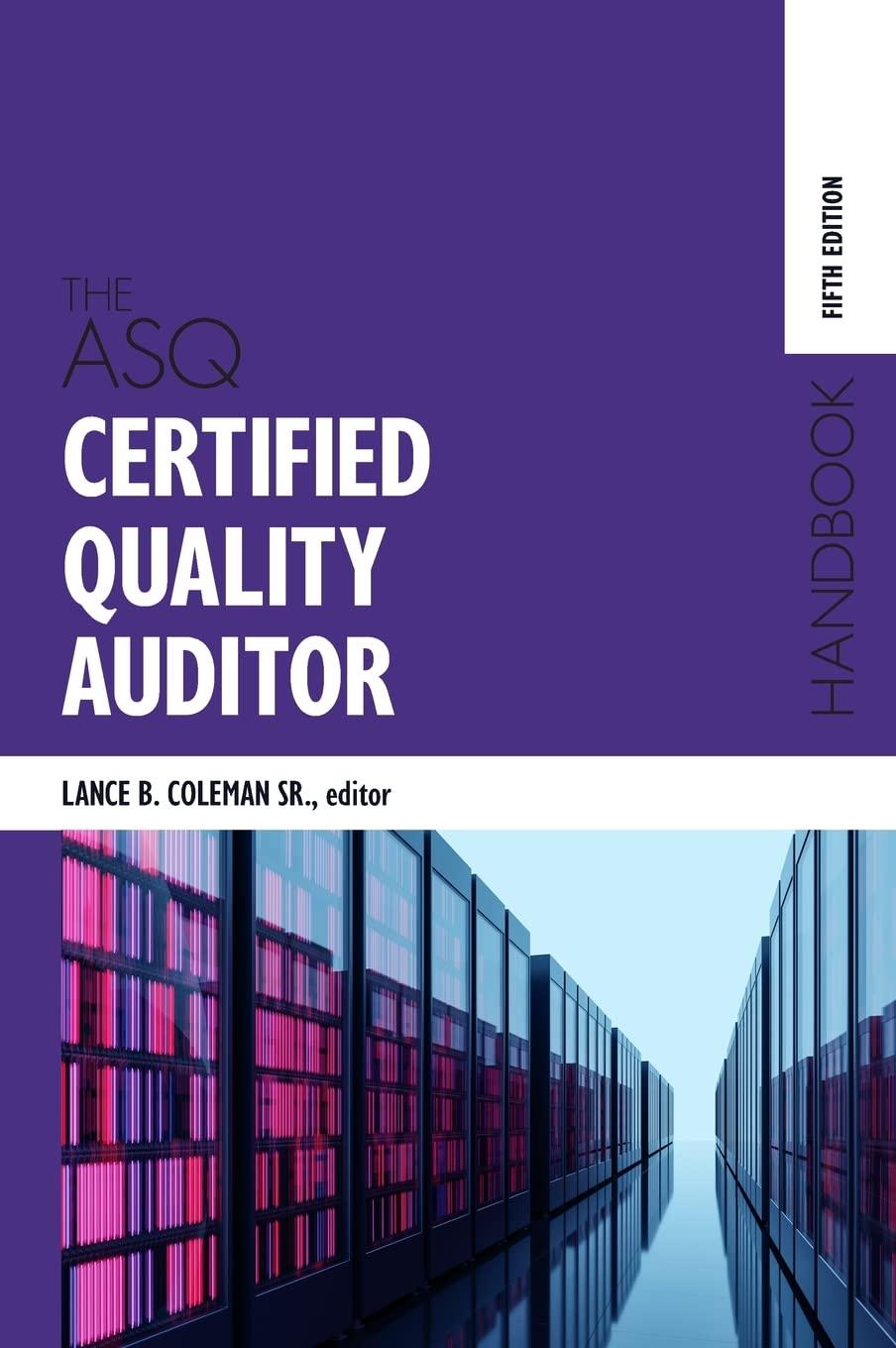Total Production Costs represent: A. The amount of costs transferred from Finished Goods to Cost of Goods Sold during the period B. The amount of Direct Material and Direct Labor Costs, only. C. The amount of costs charged for Direct Materials, Direct Labor and Mfg Overhead D. The amount of raw materials charged to production. E. Cannot fluctuate because all costs are variable costs PFL Corporation has the following estimated costs: Direct Materials costs $ 8,500 Depreciation on Mfg Equip $ 16,250 Supervisors's Salary $21,540 Direct Labor Hourly Rate $ 12.40 V.P of Finance Bonus $ 27,000 Est Direct Labor Hours 26,000 Maintenance on Factoy Equip $ 20,250 Est Machine Hours 11,050 Indirect Labor on assemblers $14,500 Actual Direct Labor Hours 24,000 The company uses direct labor hours as their activity base. Given this information, what is their predetermined overhead rate for the upcoming year? A decrease in accounts receivable would be shown on the company's cash flow statement as: A. A source of cash from operating activities B. A use of cash from operating activities C. A source of cash from financing activities D. A use of cash from financing activities E. No effect on the cashflow statement Which statement is true? A. Managerial Accounting is the same for all companies B. Managerial accounting does not have follow GAAP strict guidelines C. Financial accounting statements are not required for publicly traded companies D. Managerial accounting is only for outside investors E. Financial accounting is does not include inventory WIP accounts As the level of activity decreases: A. Variable costs per unit and total fixed costs also decrease B. Total costs will decrease and fixed costs per unit will decrease C. Total costs decrease in same proportion with the activity D. Variable cost per unit and total costs increase E. Fixed cost per unit increase while total variable cost decrease 1. Boxed, Inc. is a cargo containers manufacturer. At the beginning of the year, the company expected to produce 1,050 containers with estimated annual overhead costs to be $848,640 and direct labor costs of $3,120,000 based on an average rate of $15.00 per hour. The company uses direct labor hours as a basis to apply factory overhead. During the year, the company actually produced and completed 1,300 boxes. The company used $510,000 worth of steel and a total of 210,000 direct labor hours at an average rate of $16.00 per hour. a. Given the information above, calculate the product cost, per container, based on your pre- determined OH application method. (3pts) At the end of the year, the company actually incurred the following overhead expenses: Supervisor's Salaries of $400,000, Employee Taxes on Production Workers of $150,000, Factory Maintenance Expense of $125,000, Sales Commissions of $65 per container sold, Factory Depreciation Expense of $140,000, Dividends Paid of $5,500, Production Facility Utilities of $100,000 and Advertising Expense of $275,000 Now, b. determine the total value of factory overhead over allocation or under allocation, if any, at the end of the year prior to resolving the manufacturing overhead account. (2pts)








